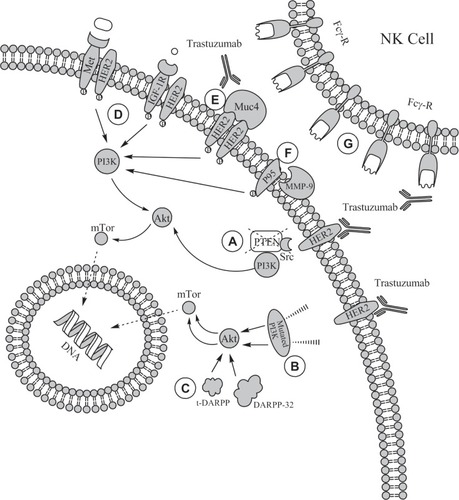Figures & data
Table 1 Results of the main studies of trastuzumab with chemotherapy in metastatic breast cancer

